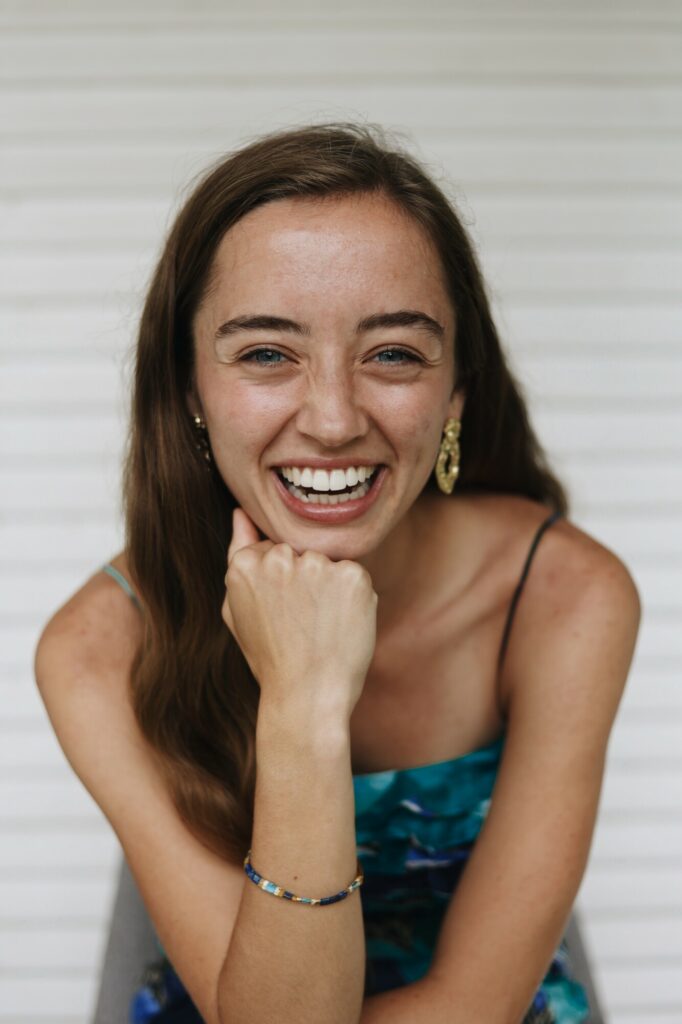Table of Contents
Constellation Syndrome
when I say ventilate
do you think fresh air,
full lungs, the feeling of
ocean spray on youthful faces,
caution flung to the wind, the
way love fills cavernous spaces?
maybe you imagine exquisite sighs,
simple breaths, and humanness—
anything other than the heaving
machines in your little brother.
when I say cardiopulmonary resuscitation
do you think sacred resurrection,
a divine allegory, a return to normalcy?
maybe you imagine heroics, harmlessness,
the throb of hope-infused chest compressions—
anything other than the blue bruises splintered
over the broken ribs of your little brother.
when I say extracorporeal membrane oxygenation
do you think soldiers, sergeants, corporals, armies
of antibodies and lymphocytes embattled in
the fight to pump, circulate, and oxygenate
the body of your little brother? maybe,
as you look to your weeping mother,
you imagine that “the good guys”
always win the war.
when I say central line
do you think clinical expediency,
clarity, help offered immediately?
maybe you imagine vibrancy,
volume, his voracious appetite for life—
anything other than the pale apparition pressed
between those yellow printed hospital sheets,
your infant son.
when I say neurology consult
do you think curiosity, Saturday afternoon spent
at the science museum with your two young sons?
maybe you imagine the static buzz of
electrical exhibits, the bright eyes
of your boys crouched before
neon models of the brain—
anything other than this visceral pain
when I say palliative care team
do you think pillow pallets on the living room floor,
secrets giggled at sleepovers, and playful requests for more?
maybe you imagine one more melting cinnamon roll, two
more yawning bedtime stories, five more minutes—
anything other than time to close this chapter.
when I say progressing towards brain death
do you think progress, preschool, pediatric
check-ups? maybe you imagine elementary
school crushes, middle school mood-swings,
high school sporting teams. you ask for more.
one more scan,
two more monitors,
five more minutes—
anything but this.
when the neurologist arrives,
he sits beside the hospital bed
where your infant son puffs and flits.
he holds your hand, asks:
“So, what do you know?”
as you answer, he leans close,
bears witness, in silence attends
to your affliction. he tells you that
our work is not done, assures you:
“We will carry the burden of medicine,
if you will carry the burden of love.”
when we declared brain death,
you sat beside him and listened
to the rumble of the disconnected
ventilator, the dull whir when we discontinued
extracorporeal membrane oxygenation, the thwap
as the respiratory therapist detached
your son’s central line
when we declared brain death,
you sat beside him, whispered
“constellation syndrome.”
left us to wonder what element of these
two words burrowed deep in you, the phrase
you first whispered when the neurologist asked
“So, what do you know?”
you know astronomy in reverse, narrowed
focus, life seen through the telescope of sickness.
you witnessed the heart of your son beating, broken,
immodest and open beneath the florescent beams of operation.
you wondered at the constellation of complications
that burned in the preamble of his death, the bright stars
that blinked on the surface of those medical machines
that tethered your son to the temporal like bands
that bind astronauts to the surface of spaceships
suspended above the earth.
when I write constellation syndrome,
do you think exploration, the examination of life
beyond the confines of biochemistry? maybe you
imagine humanity, the restoration of belonging,
the beat beneath all human poetry. you ask
what gives life meaning? as you watch
your infant son progress into brain death
when you say constellation syndrome,
I begin to comprehend the method and meaning of
medicine: to ask before assumption, to explore more
before I imagine that I understand.
when you say constellation syndrome,
I listen before I hurtle into orbits of thought,
ask for the narrative that you imagine
rather than feign omniscience.
when you whisper constellation syndrome,
I hear his final exhale. I think fresh air, full lungs,
the feeling of ocean spray on youthful faces,
how love fills cavernous spaces.
Homepage thumbnail photo by Sophie L. Schott
About the Author(s)

Sophie L. Schott
Sophie L. Schott is a poet, ethicist, and researcher at UT Austin. Her writing probes at the multidimensional meaning of her academic pursuits and explores how the humanities might ameliorate some of the indelicacies of illness and human suffering. After completing her undergraduate medical education, Schott aspires to pursue a career as a physician-poet and clinical ethicist.
![]()
This work is licensed under a Creative Commons Attribution 4.0 International License.

